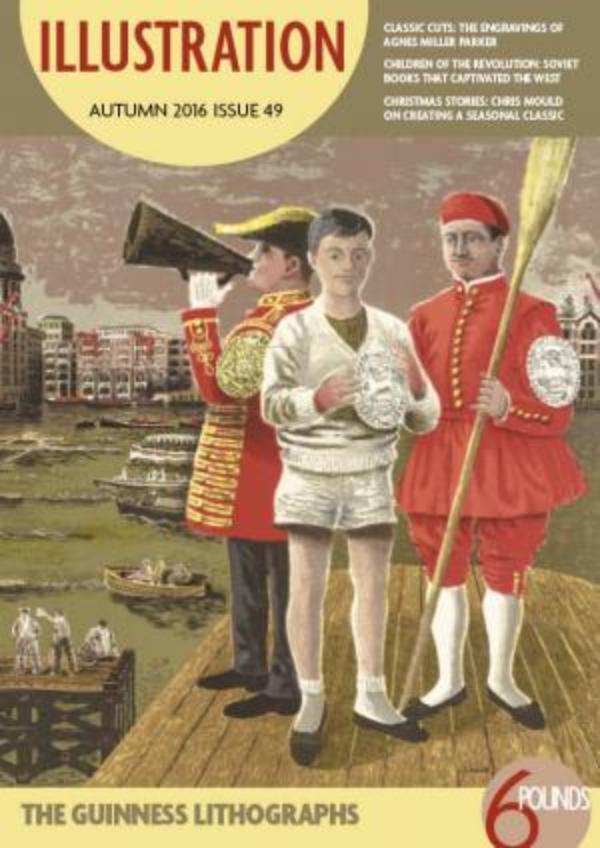
Illustration - Autumn 2016 - Issue 49
Where does inspiration come from – and what do you do with it? These are basic questions that illustrators are often asked and that they themselves seek to understand when creating work that they hope will unlock other people’s imaginations. In this issue we find out how the 1917 Russian Revolution inspired a wave of children’s book publishing that was intended to increase mass literacy, spread the ethos of the new regime and inspire children to be model citizens of the state. The books and their illustrations ended up inspiring publishers (and, in turn, children) in the West far more than the political messages they often espoused. However, as if to prove that inspiration is never confined to revolutionary thinkers or radical politics, we then turn to the lithographs that were first inspired by an argument at a shoot attended by Sir Hugh Beaver, managing director of Guinness Breweries in the 1950s. This led both to The Guinness Book of World Records and to the posters intended to trigger similar friendly disputes in pubs, canteens and working men’s clubs around the country.
So how do the illustrators themselves find ideas? We hear thoughts on this theme in two conversations with illustrators in this issue. In the first of these, the art director at Canongate Books asks illustrator Chris Mould how he worked with the author and publisher to create a complete “look” for a series they hope will become Christmas classics. The key issue, of course, is to match inspiration with commercial necessity and other people’s opinions without losing the original spark – no easy task. We then hear from illustrator Oliver Jeffers and typographical artist Sam Winston about how they managed to combine two strong artistic visions when they embarked on a joint project intended to inspire children with their own love of books. Inspiration, it is clear, is found at odd times and in many places – and we hope that something in this issue inspires you too.

